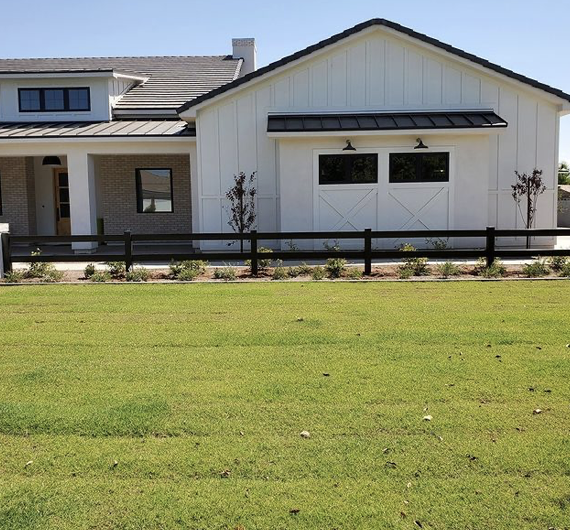18 Years of Proven Performance

Many disputes about fences can arise when homeowners do not understand fence laws in California about installing and placing fences on their property. Unfortunately, rules about fence placement, fence height, and property lines can be pretty confusing and cumbersome to read and understand for the average homeowner.
To help you learn more about each state’s regulations about fencing, we’ve written an article to briefly describe the highlights of what you need to know before installing your new fence. Please note that this article should not replace professional legal advice but merely inform you of publicly available information for your state.
As Robert Frost famously observed, “good fences make good neighbors.” Of course, this is only true if you’re following your state’s ordinances and regulations for fences. If you’re not in compliance, your fence will be a source of frustrating fence disputes with your otherwise friendly neighbors.
Fence Laws In California: A Quick Overview
Under California’s Building Code, you must obtain a permit before building a fence that will be over 6 feet tall unless the top 2 feet of the fence will be barbed wire. For a front yard fence, the maximum height is 42 inches. For a backyard fence, the maximum height is 72 inches. If you’re sharing a fence with a neighbor, your fence must be a minimum of 60 inches high and be free of gaps that a small child might pass through.
California homeowners must also have a fence around any pool that is deeper than 18 inches. Additionally, the pool fence must have a self-closing and self-latching gate, with the release mechanisms placed at least 54 inches high from the ground.
The California Good Neighbor Fence Law
Part of California fence law, California Civil Code 841, describes the rights and responsibilities of those who share a fence along a mutual boundary line. While each neighbor may only see one side of the fence, this particular portion of California law outlines basic etiquette that each neighbor must uphold.
Under this fence law, anyone who plans to conduct maintenance or replacement of a shared fence must inform all impacted property owners at least 30 days in advance. This is because adjoining landowners are equally responsible for the costs of construction, maintenance, and any needed replacement of the fence.
If you’re planning on building or replacing a shared fence, you must send a letter to the other impacted homeowners. This letter is known as a good neighbor fence letter and should include:
- A description of the problem: This helps them understand why you’re building, fixing, or replacing the fence.
- A solution to the problem: A clear explanation of how your action will correct the problem.
- The timeline: Explain how long the repair or replacement will take and what they can expect.
- Space for signatures: Include your signature and the date and leave room for their signature.
Common Questions About California Fence Laws & Fence Disputes
There are many questions that California homeowners may have about their rights and responsibilities for a shared fence, from how to handle a shared fence to how to ensure property lines are accurate. Below, we’ve answered some of the top questions about California fence laws and also answered common reasons for California fence disputes.
Does home insurance cover the repair and replacement costs for my fence?
In most cases, home insurance covers fences, classifying them as “other structures.” Under a home insurance policy, “other structures” will be covered at 10% of your dwelling coverage amount. This means that if your home is insured for $250,000, your fence will have $25,000 toward your repairs or replacement costs. Often, though, your insurance company will only pay for your portion of the shared fence, which means you’ll need to have each property owner agree, in writing, about the details of your shared responsibility, including ownership percentages and costs.
Under what circumstances are adjoining landowners not required to pay for fence costs?
Generally, a fence shared by two or more landowners will require those owners to equitably share the costs for building, maintaining, or replacing the fence. However, there are certain clauses that exempt an owner from sharing the fence costs:
- The neighbor can prove that the fence has less benefit for them.
- The fence costs are unreasonable or excessive.
- The neighbor cannot afford to pay their equal share due to financial hardship.
Ready to build a durable, beautiful fence? Choose BlacklineHHP!
Trusted by fence dealers for decades, we offer vinyl fencing products that stand the test of time without losing their beauty or style. From ornamental railing and various privacy fencing styles to fence gates, we’ve got the perfect vinyl fence for your property. Contact us today to learn more!